
In the Flinders Ranges of South Australia, a unique geological phenomenon is rewriting the rules of paleontology. Unusual red rocks, formed from hematite, are preserving Ediacaran fossils in stunning three-dimensional detail. This includes soft-bodied organisms like Dickinsonia, dating back over 550 million years. The discovery, centered around the Nilpena Ediacara National Park, is challenging traditional criteria for exceptional fossil sites by demonstrating preservation through iron oxide replacement rather than typical mineral processes.(source) (source)
The Geological Setting of the Red Rocks
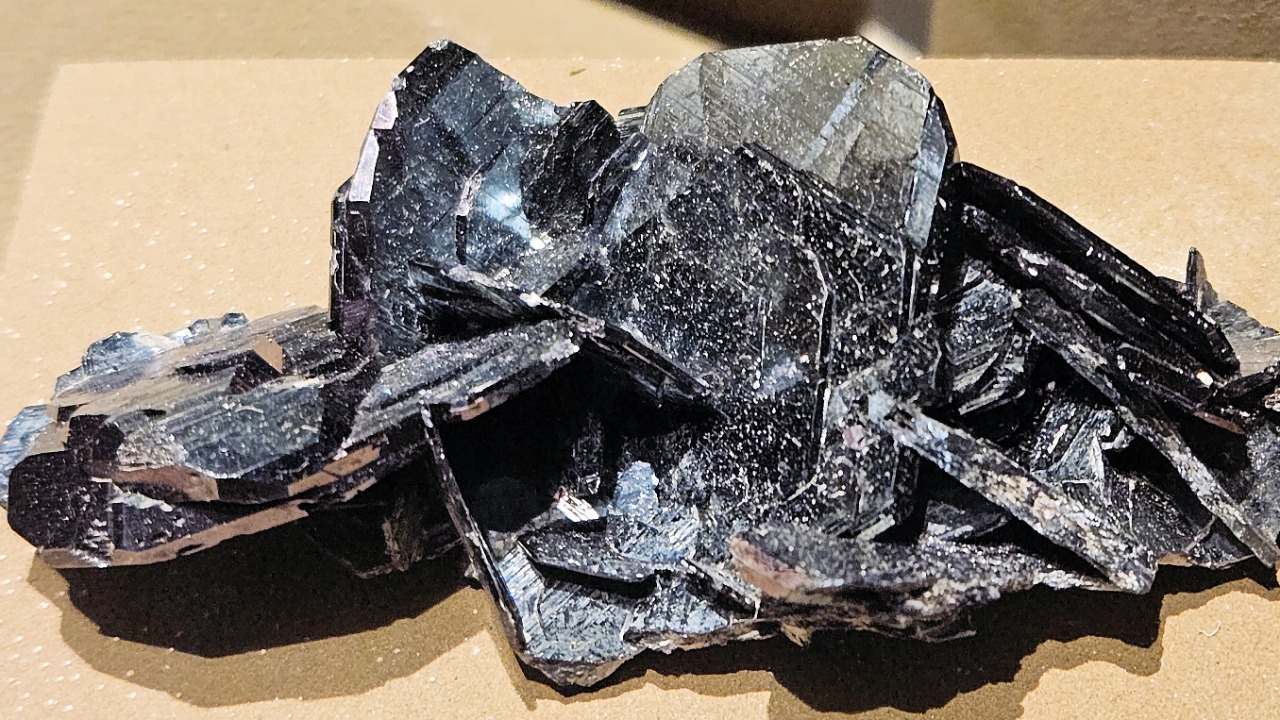
The red rocks originate from iron-rich sediments deposited in shallow marine environments during the Ediacaran period, approximately 555 to 539 million years ago, in what is now the Flinders Ranges.(source) Hematite, the mineral responsible for the red coloration, formed through early diagenetic processes that mineralized organic material without compression, preserving original shapes.(source)
These formations contrast with typical Australian fossil sites like the Burgess Shale equivalents, as they lack silica or phosphate dominance and instead rely on iron oxides for durability.(source)
Discovery and Initial Findings
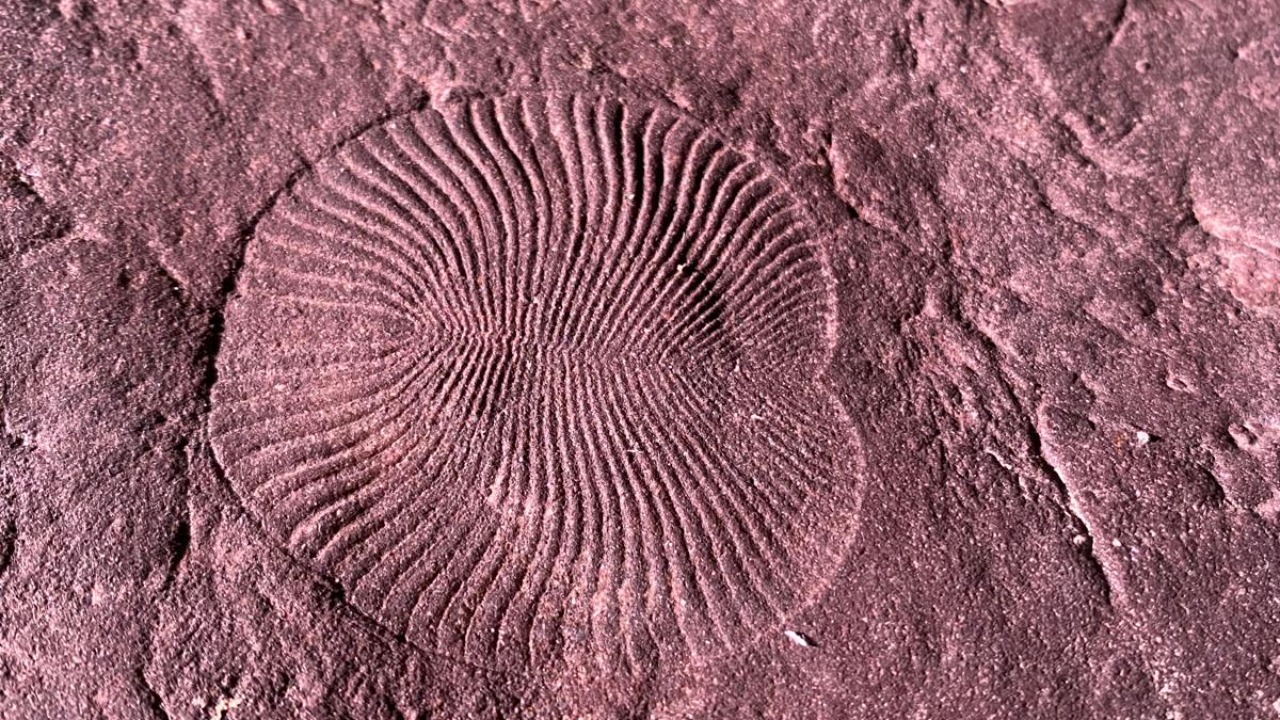
Paleontologists from the South Australian Museum first identified the hematite-preserved fossils in outcrops near Nilpena Ediacara National Park during surveys in the early 2020s.(source) Over 200 specimens were excavated, revealing intact fronds and discs up to 30 centimeters in length that had not been flattened by geological pressure.(source)
Lead researcher Mary Droser noted, “This is the first time we’ve seen such vivid preservation in iron-rich rocks, opening a new chapter in Ediacaran studies.”(source)
Mechanisms of Exceptional Preservation
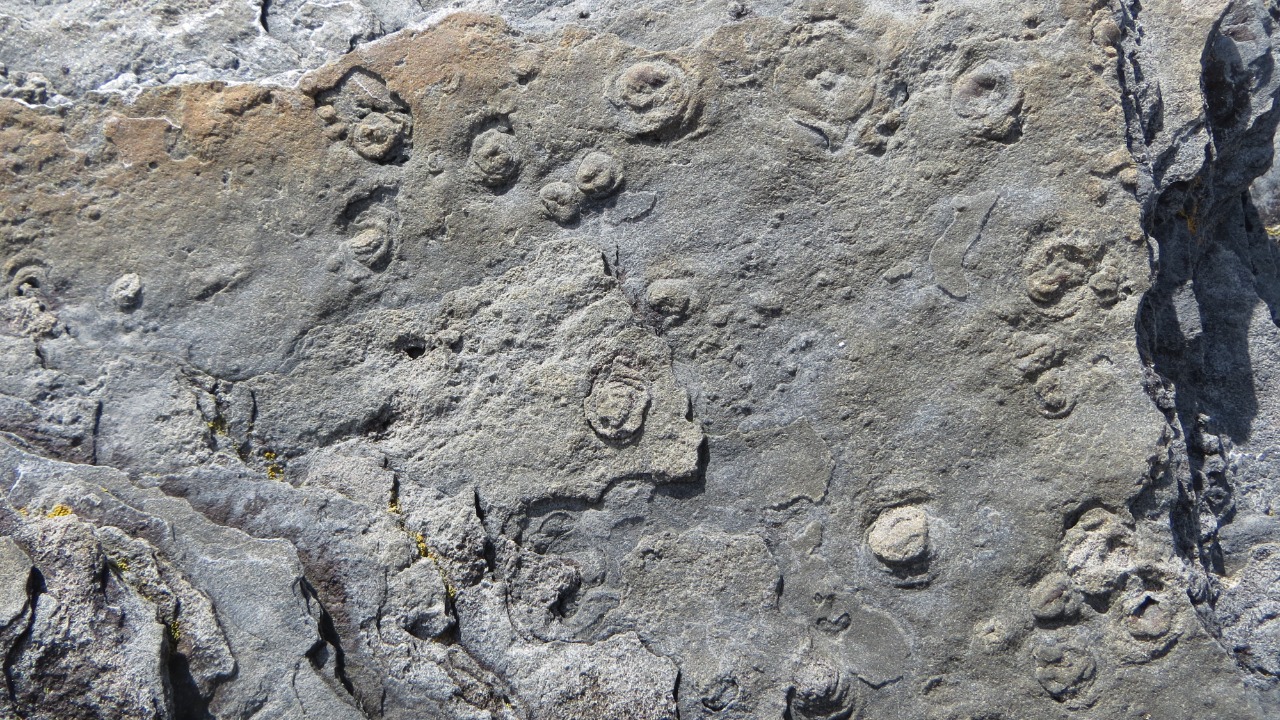
The fossils were preserved via rapid replacement of organic tissues with hematite microcrystals, occurring within weeks of burial in oxygen-poor sediments, preventing decay.(source) Unlike carbon film preservation in other sites, this process captured internal structures, such as vascular-like patterns in Aspidella fossils, at a resolution down to 10 micrometers.(source)
Environmental factors, including low sulfate levels in the ancient seafloor, favored iron oxidation over bacterial breakdown, a condition unique to this Australian locale.(source)
Key Fossil Specimens and Their Features
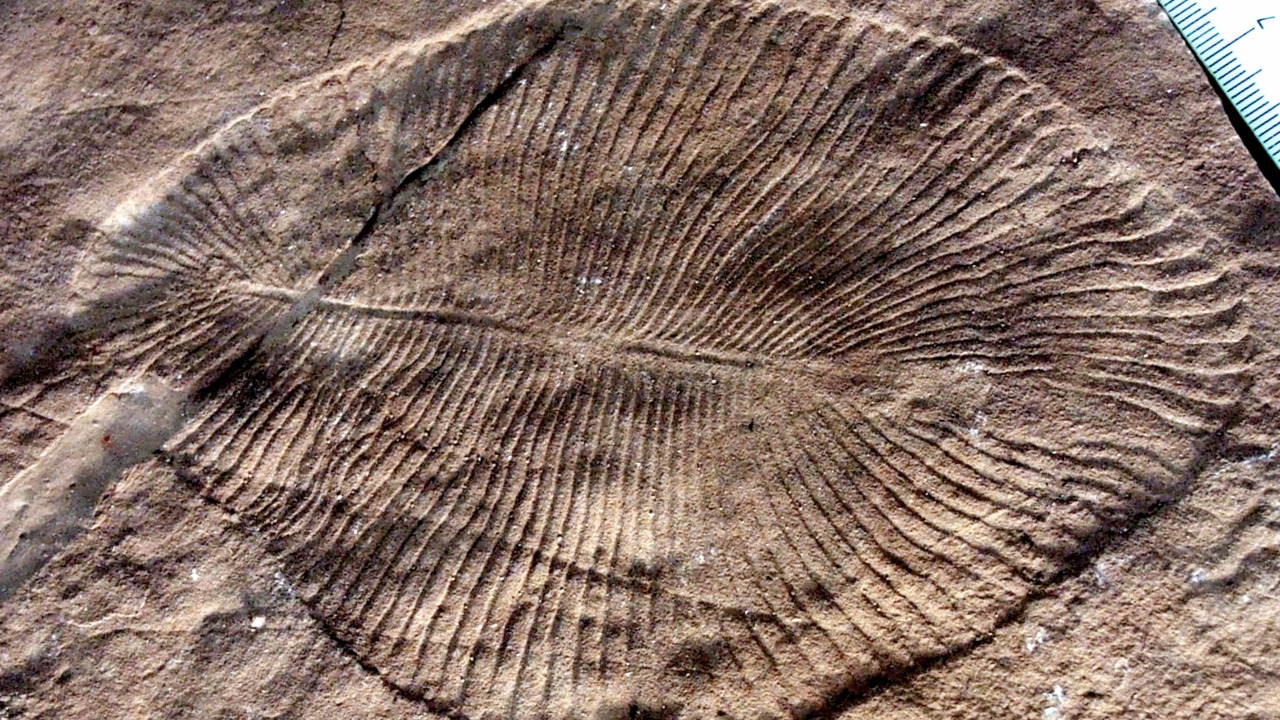
Dickinsonia fossils, measuring up to 1.4 meters long, show quilted body patterns preserved in full relief, suggesting they were mobile organisms grazing on microbial mats.(source) Spriggina specimens display segmented bodies with head-like features, preserved at depths up to 5 centimeters within the rock matrix, indicating burrowing behavior.(source)
Trace fossils like Helminthopsis tracks, 2-3 millimeters wide, reveal early animal locomotion preserved alongside body fossils in the same red layers.(source)
Implications for Ediacaran Paleobiology
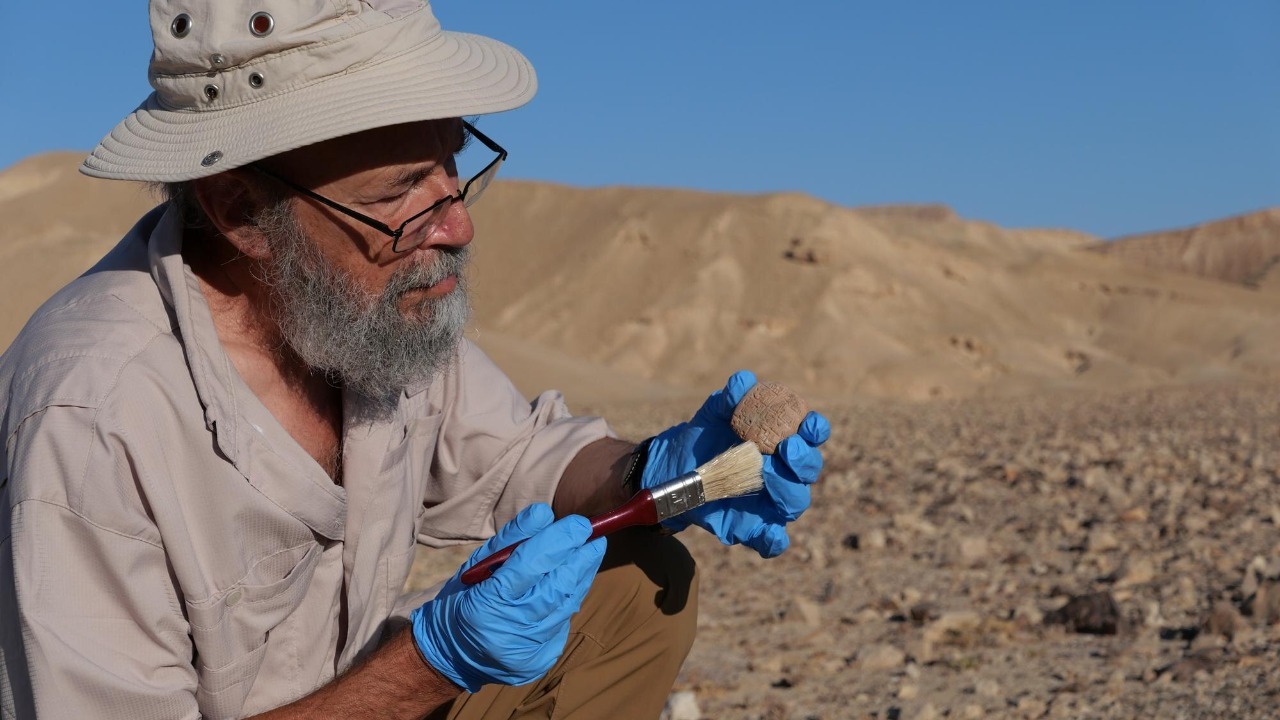
These fossils provide evidence of complex ecosystems 30 million years before the Cambrian explosion, with over 50 species coexisting in a single bedding plane.(source) The preservation quality allows isotopic analysis showing carbon signatures consistent with photosynthesis, challenging views of Ediacaran organisms as non-metabolic.(source)
Comparisons to sites like Mistaken Point in Newfoundland highlight Australia’s red rocks as a new benchmark for studying Precambrian biodiversity.(source)
Challenges in Research and Conservation

Erosion in the Flinders Ranges exposes new fossils but risks damage from weathering, with only 10% of the site systematically mapped as of 2023.(source) Funding from the Australian Research Council supports ongoing excavations, but climate change-induced droughts threaten the arid site’s stability.(source)
International collaboration with institutions like the Smithsonian is underway to develop non-invasive imaging techniques for in-situ analysis.(source)
Broader Scientific and Cultural Impact

The findings are prompting revisions to global definitions of Lagerstätten, with Australia’s red rocks proposed as a fourth category alongside anoxic, volcanic, and carbonate types.(source) Locally, the Nilpena site enhances ecotourism, drawing 5,000 visitors annually and educating on Indigenous Adnyamathanha connections to the land’s ancient history.(source)
Future studies may link these fossils to evolutionary transitions, potentially identifying precursors to modern phyla through genetic modeling of preserved biomolecules.(source)